
12 minute read
Re-thinking Ammonia Oxidation




Brad Cook and Juergen Neumann, Sabin Metal Corp., USA, demonstrate the benefits of taking a holistic approach when considering the gauze catalyst for ammonia oxidation.
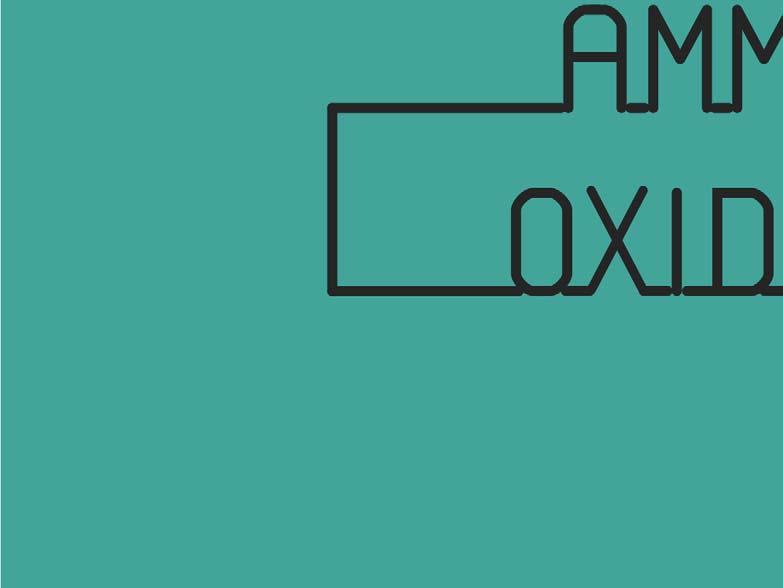

The gauze catalyst for ammonia (NH3) oxidation has a unique position among the catalysts of the large-scale chemical industry since, in contrast to the supported catalysts usually used, it consists entirely of noble metal.
Despite this circumstance and its long history, there have been hardly any developments and advances for this catalyst. From a scientifi c point of view, this may be because only partial aspects have so far been in focus, and only in the rarest cases has an attempt been made to create a holistic picture of the whole process.
Despite early recognition that the process takes place under a mass transfer regime, this approach is rarely refl ected in scientifi c literature or considered in the design of the catalyst. Instead, for several decades, research and development has devoted itself to kinetic investigations of the surface reaction on the catalyst, and the interpretation of recrystallisation processes and precious metal losses of the catalyst.
Little attention has so far been paid to the correlation with the plant design which, with its specifi c reaction environment, places fundamentally different demands on the catalyst. Most of the articles on this topic deal primarily with the effect and not the cause.
This article will try to bring together the interconnected infl uencing factors of mass transfer limitation and the kinetics of the reaction, as well as the effects of recrystallisation and precious metal losses, into a holistic context.

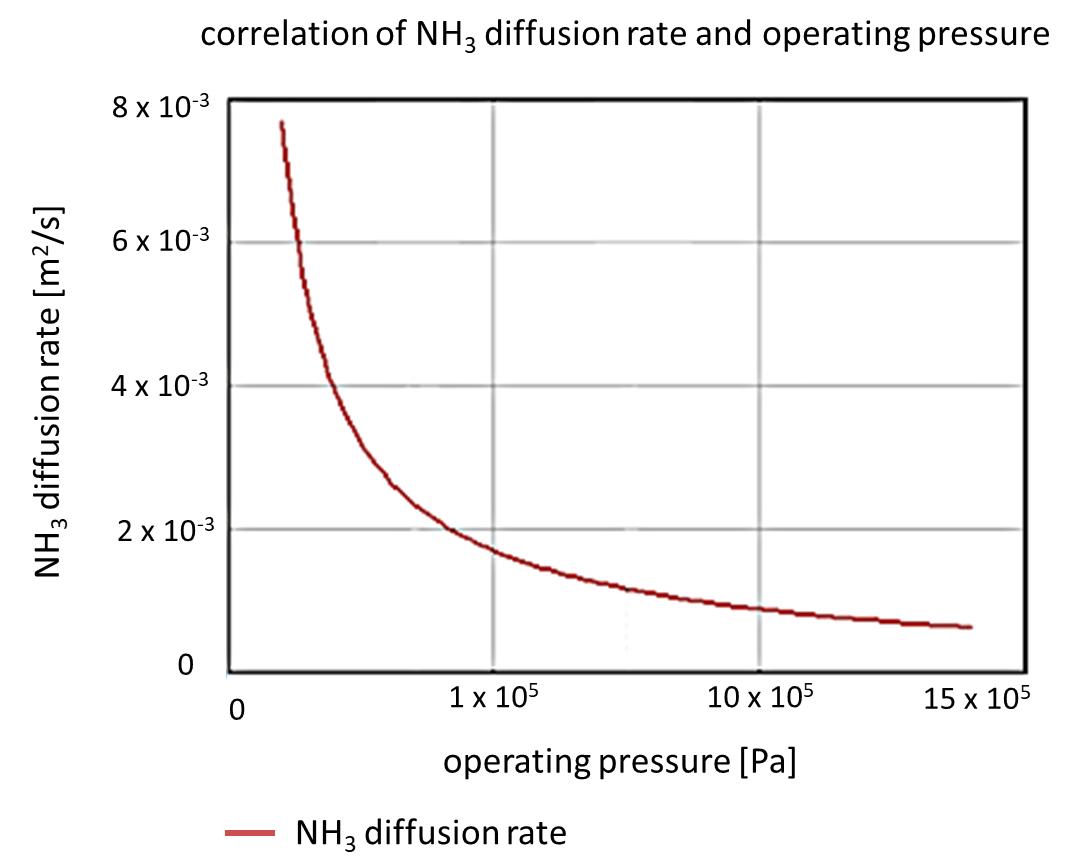
Figure 1. NH3 diffusion rate as a function of the pressure.
Figure 2. NH3 plant load as a function of the pressure.
Figure 3. Course of N2, N2O and NO formation selectives as a function of the temperature. The Ostwald process of ammonia oxidation for the production of nitric acid was made possible by the large-scale industrial availability of ammonia, according to the Haber-Bosch process. In the patent, Ostwald describes the use of platinum as a catalyst in the form of wire nettings in a multi-layer arrangement.1
As early as the 1920s, Bodenstein recognised the mass transfer limitation of the catalysed reaction. However, few academic publications are devoted to this topic. The overwhelming number of research activities focused on mechanistic and kinetic investigations of the processes on the catalyst surface, which have only been comprehensively clarifi ed in the last 20 years.
The use of fabrics was a logical consequence of the requirements of the catalyst being able to fl ow through, as well as generating the lowest possible fl ow resistance. Up until the beginning of the 1990s, all catalyst gauzes were woven. This changed with the introduction of knitting technology for the production of catalyst gauzes, and knitted gauzes now differ from one another according to the different technology used.
The alloy of the catalyst was initially adapted to the requirements of the process. In later years, the price and availability of the different precious metals increasingly infl uenced the alloy used. Only two alloys have been specifi cally developed out of necessity. These include the platinum-rhodium-palladium (Pt-Rh-Pd) ternary alloy, with increasing palladium content to reduce nitrous oxide (N2O) emissions in the process, as well as the four-component alloy that additionally contains tungsten in order to reduce the precious metal losses occurring in the process.
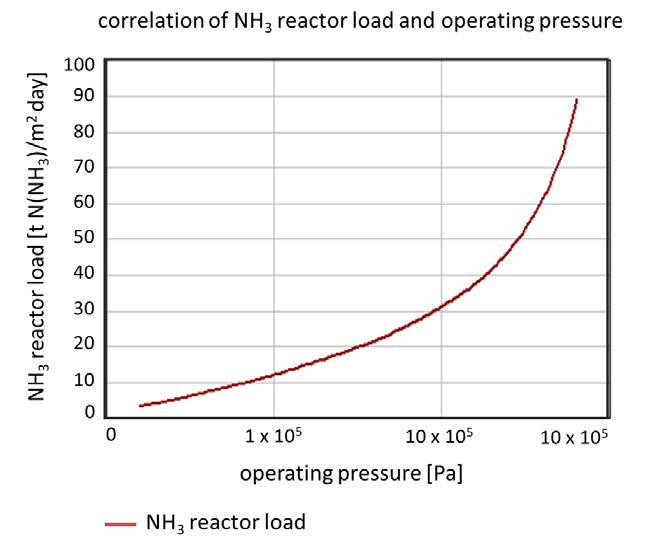
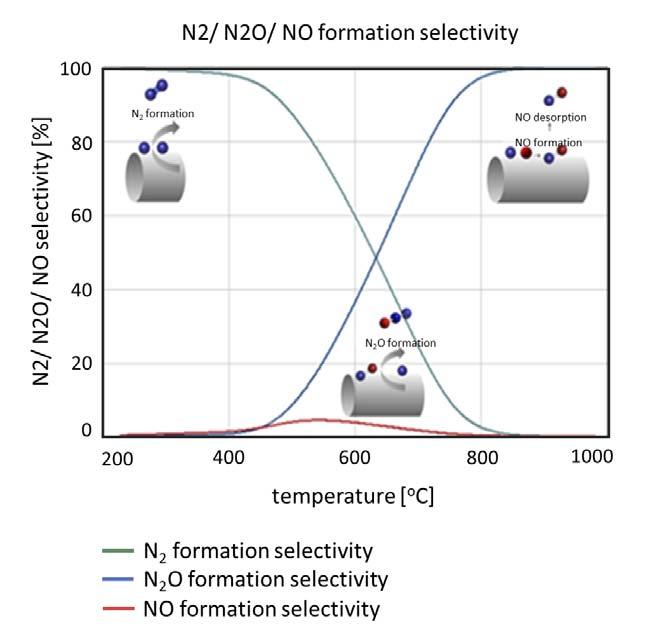
Mass transfer limitation
As stated previously, it was in the 1920s that the ammonia oxidation reaction was discovered to proceed under a mass transfer limited regime, which means that the transfer of ammonia from the bulk gas phase to the surface of the catalyst is the slowest step in the course of the reaction.
Two conclusions can be drawn from this fi nding. On the one hand, the extent of the mass transfer limitation infl uences the number of necessary gauze layers in the catalyst package. On the other hand, the extent can be infl uenced by the structure of the catalyst gauze.
From the knowledge of mass transfer limitation, the number of necessary catalyst layers in the catalyst package can be calculated with relative accuracy by means of the ratio of the mass transfer rate and the gas velocity in the catalyst package. Two parameters are in the foreground here: the plant load, which determines the fl ow rate; and the pressure, which is found as the decisive variable in the diffusion rate for the ammonia. Figures 1 and 2 show the change in the NH3 diffusion rate respective to the course of the NH3 plant load as a function of the pressure.
With regard to the mass transfer limitation, switching from woven to knitted catalyst gauzes has been a counterproductive step. While woven gauzes have a height of twice the wire diameter, in knitted gauzes the mesh protrudes out of the plane, meaning that they reach a height of approximately seven times the wire diameter and consequently have a signifi cantly higher porosity. The porosity can also be translated as the permeability for ammonia, which makes it clear that a knitted structure is not necessarily the fi rst choice for a mass transfer limited process.
The reason for the change to knitting technology is the infl exibility of weaving, with long wire fabrics being made in stock. High precious metal stocks with rising precious metal prices lead
to uneconomically high costs, which are solely due to the precious metal. The knitting technology offers the possibility of just-in-time production of the catalyst gauzes, whereby the costs based on the precious metal inventories are reduced to a minimum.
Engelhard-Clal, with its optimised mass transfer (OMT) concept, developed a gauze structure with the Bispin® catalyst gauze that promised improved mass transfer.2 This Bispin gauze, in principle, consists of parallel wires around which a second wire is wound in a spiral shape.
The basic structure of a woven fabric, in which the spiral-shaped wire protrudes into the mesh of the fabric, thus explains an improved mass transfer compared to a standard woven gauze. Although this solution takes on the problem of the mass transfer limitation, the ratio of the relatively high production costs for such a catalyst structure to the benefi ts must be questioned.
Reaction kinetics and process yield
While the mass transfer limitation is expressed in the reaction rate and ultimately the number of necessary gauze layers in the catalyst pack, the kinetics of the reaction have a direct infl uence on the selectivity of the reaction and thus on the yield of the process.
In the catalytic ammonia oxidation, three different reactions forming nitrogen (N2), N2O and nitric oxide (NO) take place in parallel.
NH3 + 3 02 1 N2 + 3 H20 ΔHR = 319.9 kJ/mol
NH3 + 4 02 1 N20 + 3 H20 ΔHR = 275.9 kJ/mol
NH3 + 5 02 N0 + 3 H20 ΔHR = 226.6 kJ/mol
The kinetics provide information about the conditions under which each reaction takes place and at what rate, and thus the expected ratio of the three different reaction products according to the reaction conditions. Using the kinetic parameters from Kraehnert, Figure 3 shows how the product distribution over the temperature is obtained.4
N2 and NO are the main products of ammonia oxidation over platinum. N2 formation prevails between 150 and 400˚C, while NO formation is favoured at higher temperatures.
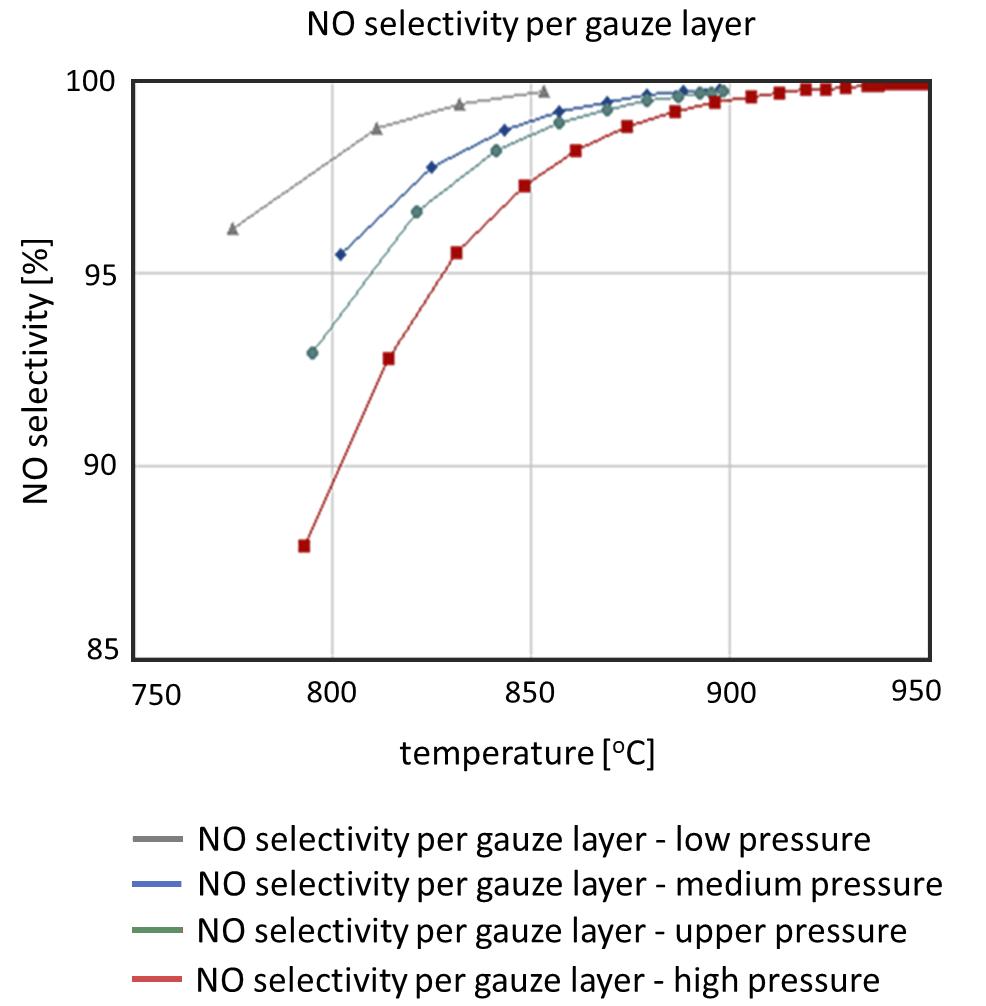
Linkage of mass transfer limitation and kinetics
Only by linking the mass transfer process with the kinetics of the catalysed reaction will a holistic picture of the reaction process be realised. Figure 4 shows the NO selectivity over the temperature for the individual gauze layers in the catalyst package for the various types of plants, from low-pressure to high-pressure operations.
The fi gure clearly shows the temperature gradient in the catalyst package, which increases with the operating pressure of the reaction and which ultimately determines the NO selectivity and thus the product yield of the process. From the fi gure, it can also be seen that only the reduction of this temperature gradient creates both the possibility of a reduction in the number of gauze layers in the catalyst package and an increase in the NO product yield.
Recrystallisation and loss of precious metals
Figure 4. NO selectivity over the temperature for the individual gauze layers in the catalyst package (low-pressure to high-pressure operations).
Figure 5. Surface of a used catalyst gauze (left) and detail enlargement with terraced agglomerates (right). Recrystallisation and precious metal losses from the catalyst are the third element in the holistic view. Looking at the temperature gradient in the catalyst package, the lowest NO selectivity (and thus the highest N2 formation rate) is found in the uppermost catalyst layers. Relative to the higher enthalpy of reaction of the N2 formation, a correspondingly larger amount of reaction heat is released, which results in higher surface temperatures than in the lower catalyst gauze layers. This temperature is suffi cient for precious metal atoms to detach from the metal lattice, migrate over the surface and form larger surface agglomerates on colder surface regions or energetically exposed places. This leads to extensive surface reconstruction through the growth of agglomerates that form steps and terrace surfaces. Figure 5 shows such stepped and terrace-shaped agglomerates on the recrystallised catalyst surface in 30 000-fold magnifi cation.
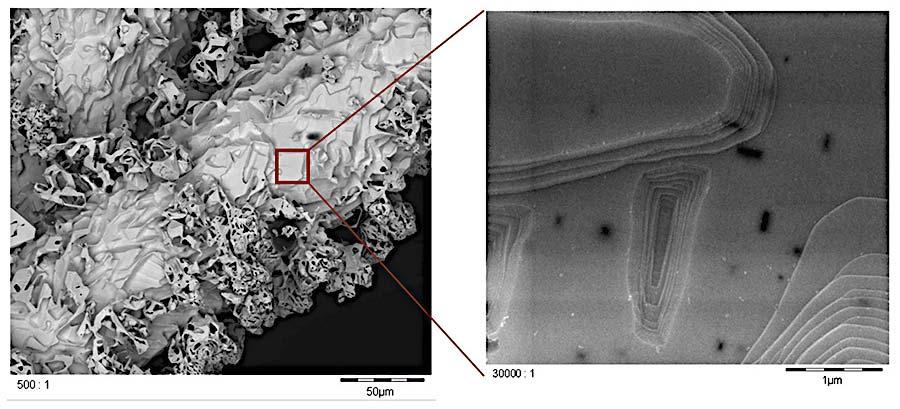
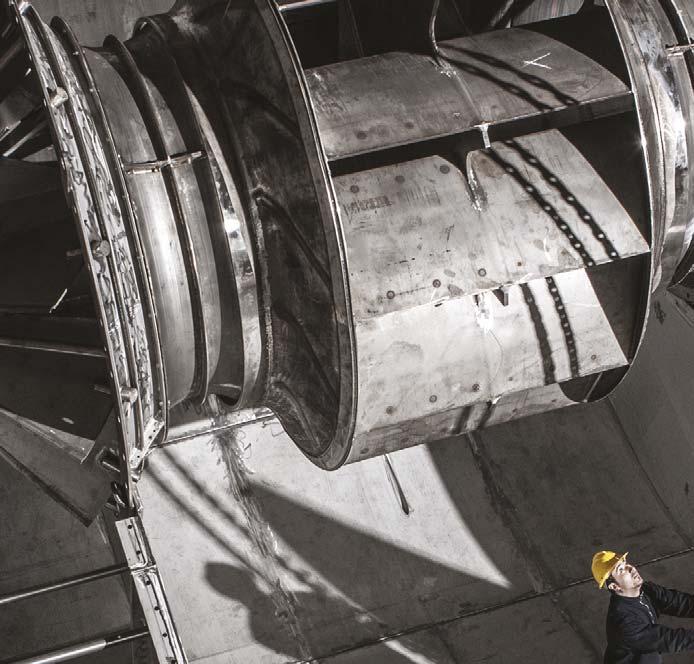
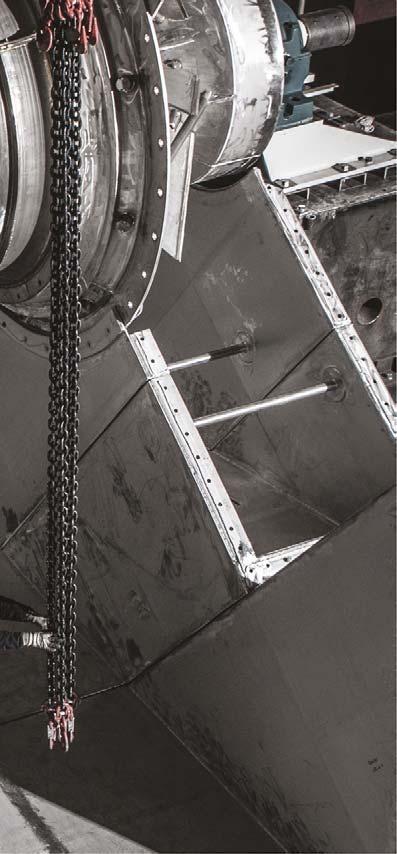

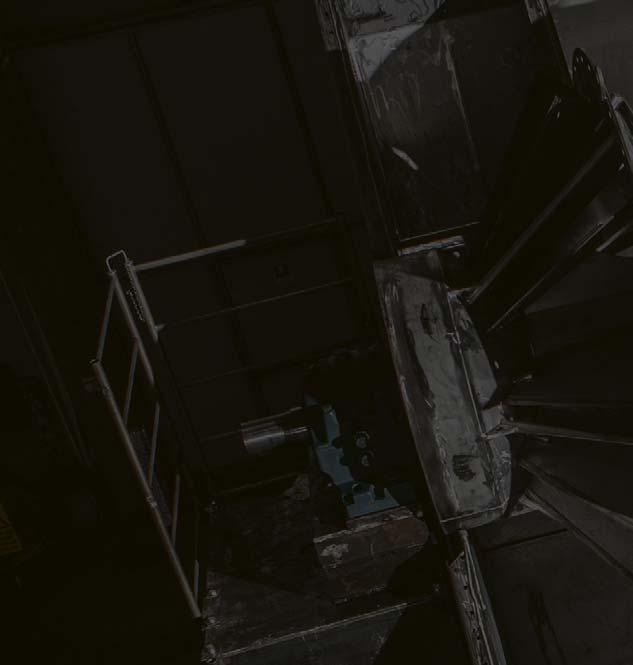

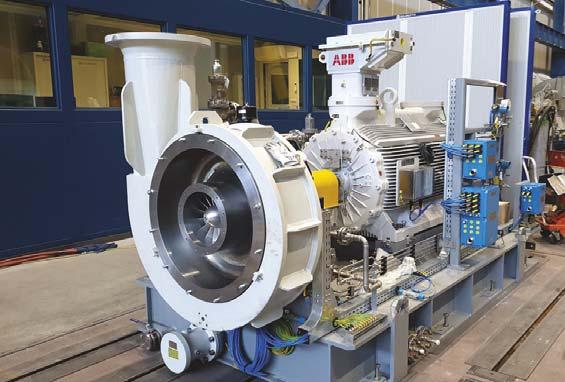
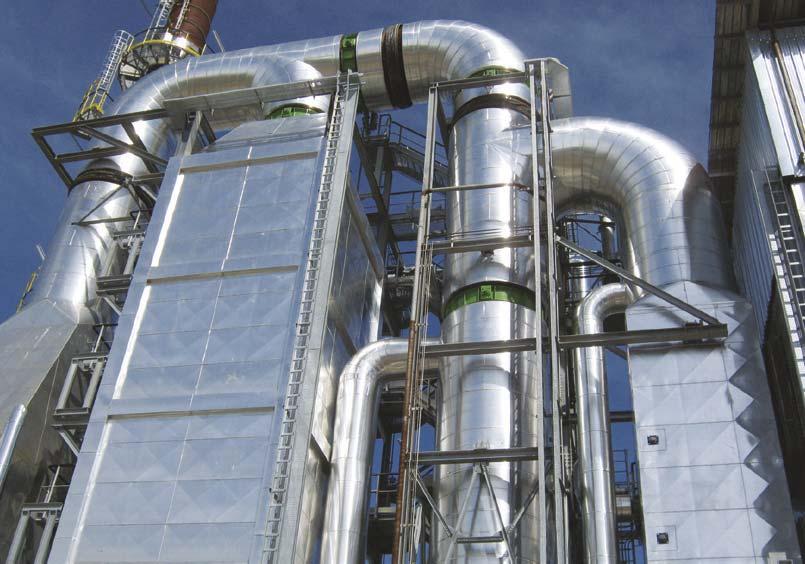
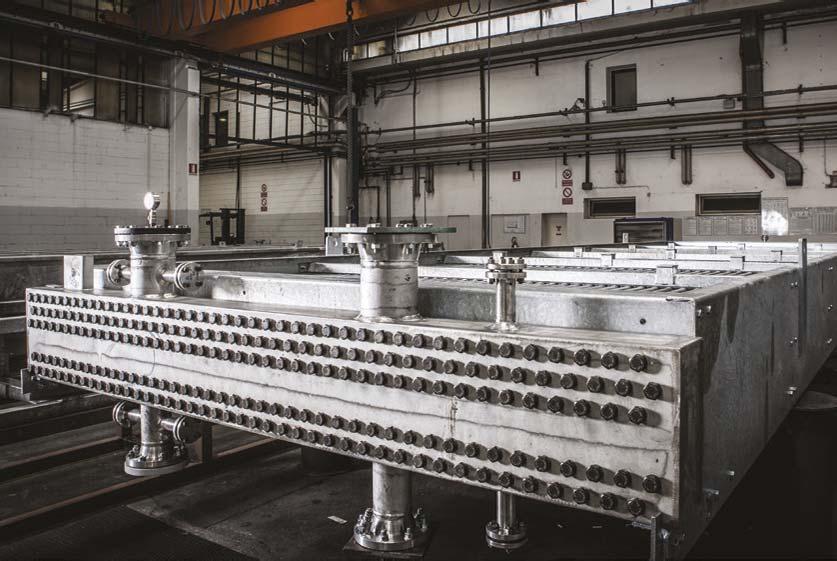


Due to the high surface temperature, the highest levels of precious metal losses due to the formation of gaseous platinum oxide (PtO2) are also found on the uppermost gauze layers. PtO2 is stable down to a temperature of 350 – 450˚C. Below this temperature it decomposes into elemental platinum and oxygen.
Such a decomposition of PtO2 is also responsible for the formation of caulifl ower-like shaped growths on the catalyst surface.5 If agglomerates grow far enough along the surface, they can come into contact with the relatively cold process gas. Here, the platinum from the decomposition of the PtO2 will condense on these growths, forming the caulifl ower-like structure as a result. The growths are therefore nothing more than an expression for the temperature difference between the catalyst surface and this surrounding process gas temperature. The size, number and formation of these structures decrease with increasing process gas temperature and correspondingly increasing gauze position in the catalyst package.
Figure 6 illustrates this relationship between the position of the gauze layer in the catalyst package and the resulting surface morphology for increasing gauze layer positions in the fl ow direction of the process gas fl ow.
The precious metal losses are mainly on the part of platinum, since rhodium does not form any volatile oxides and its losses are primarily of mechanical origin. The resulting enrichment of rhodium on the catalyst surface leads to a decreasing NO selectivity and an increase in N2 formation. In general, this process is also referred to as the ageing of the catalyst.
While its NO selectivity increases at the beginning of the use of the catalyst due to the recrystallisation of its surface, it decreases continuously with the onset of ageing. As a result of the increasing formation of N2, more reaction heat is released which, in a temperature-controlled regime, leads to a reduction in the ammonia ratio in the mixed gas. This in turn has a negative effect on the NH3 mass transfer rate.
With regard to rhodium enrichment, two contrary approaches are generally followed. The fi rst approach pursues the use of a small ratio of rhodium in the starting alloy, which delays the enrichment of rhodium. Although this guarantees a relatively high NO selectivity over a longer period of time, this is at the expense of precious metal losses, which are comparably high. In the second approach, a relatively high proportion of rhodium is used in the alloy. Rhodium stabilises platinum in the alloy and the precious metal losses are comparatively low, but at the expense of the activity and NO selectivity of the catalyst.
Regardless of this knowledge, the main driver for the choice of catalyst alloy is inevitably the relative cost of the precious metals.
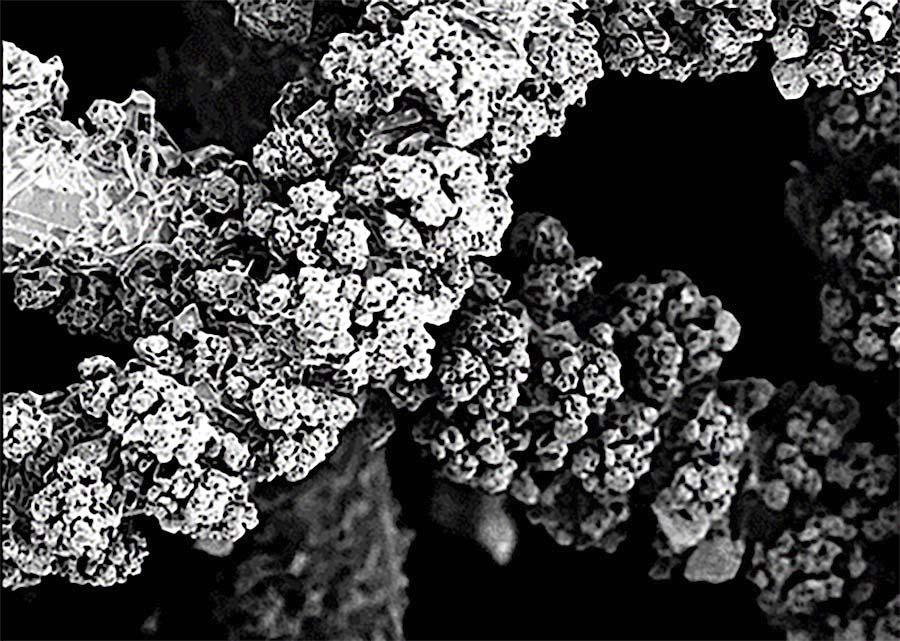
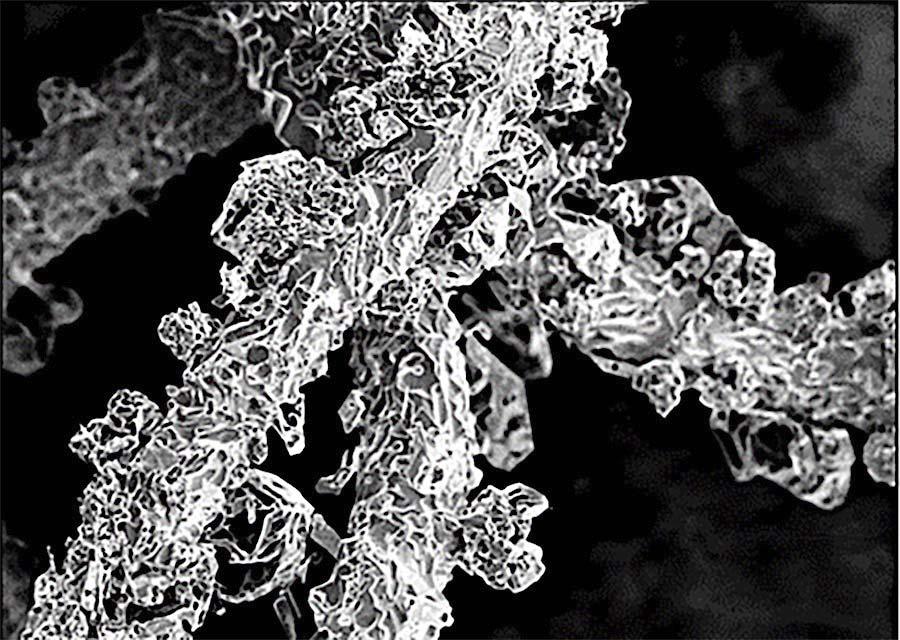
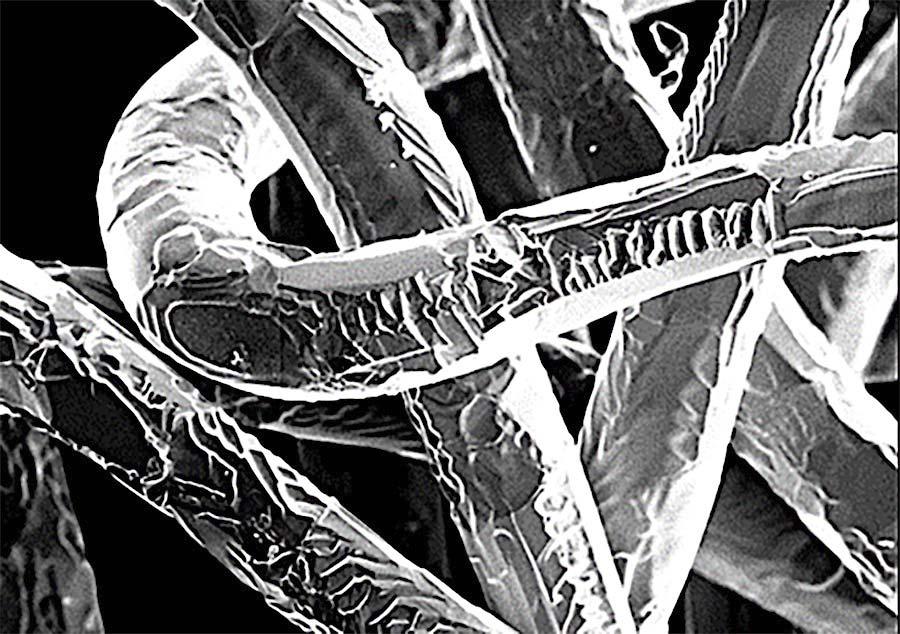
Figure 6. Faster electron microscopic images of the surface of used catalyst gauzes: top layer, layer from the middle part and bottom layer of the pack.
Summary
From an economic point of view, the dilemma of the catalyst for ammonia oxidation is its binding of precious metals and the precious metal losses that occur during operation. On the scientifi c side, the dilemma lies in the one-sided focus on the modelling of the reaction and its kinetics, the fi ndings of which cannot be implemented in an improved catalyst design.
Only a holistic approach – which includes the mass transfer limitation as the slowest step in the course of the reaction, its surface kinetics and the relationship with the ageing of the catalyst – creates a sound basis on which a target-oriented development of catalyst design and individually adapted catalyst systems to the specifi c reaction environment can be implemented successfully.
Bibliography
1. OSTWALD, W., ‘Improvements in the Manufacture of Nitric Acid and
Nitrogen Oxides’, GB190200698A (20 March 1902). 2. GUERLET, J., and LAMBERT, C., ‘Wires incorporating a helical component, assemblies thereof, and use of said assemblies as catalyzer and/or to recover precious metals’ (23 December 1997), US 5 699 680. 3. DU CHATELIER, L., ‘Optimizing catalyst pack design for ammonia oxidation’, Nitrogen & Methanol, No. 239 (May/June 1999). 4. KRAEHNERT, R., ‘Ammonia Oxidation over Polycrystalline Platinum:
Surface Morphology and Kinetics at Atmospheric Pressure’, (Doctoral thesis), Technical University of Berlin, Doktor der Ingenieurwissenschaften (2005). 5. HANNEVOLD, L., NILSEN, O., KJEKSHUS, A., and FJELLVAG, H., ‘Chemical vapor transport of platinum and rhodium with oxygen as transport agent’,
Journal of Crystal Growth, Vol. 279, No. 1 – 2 (2005), pp. 206 – 212.










